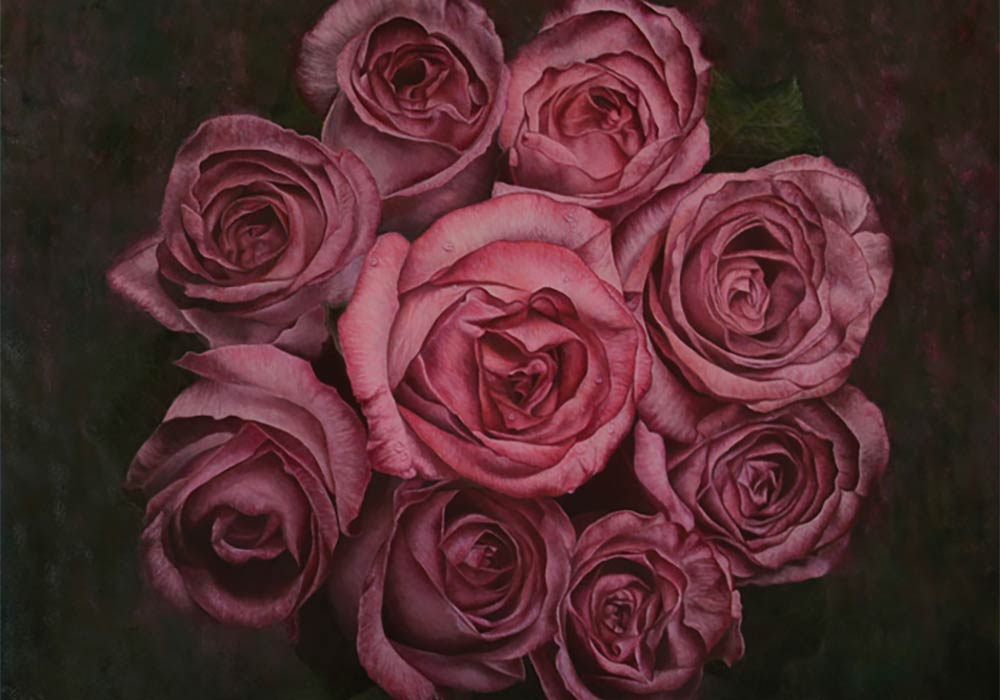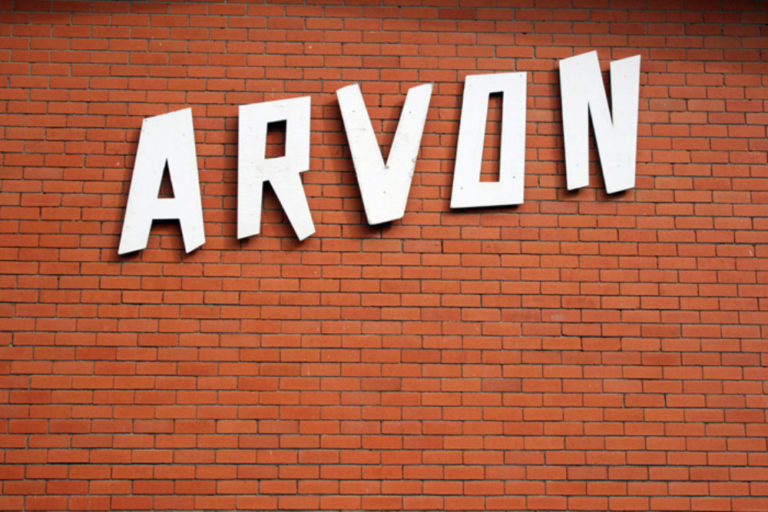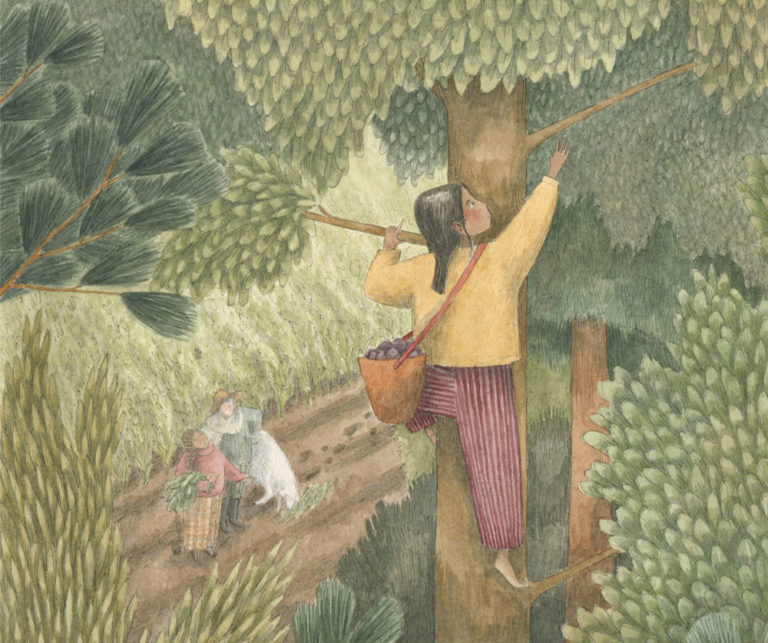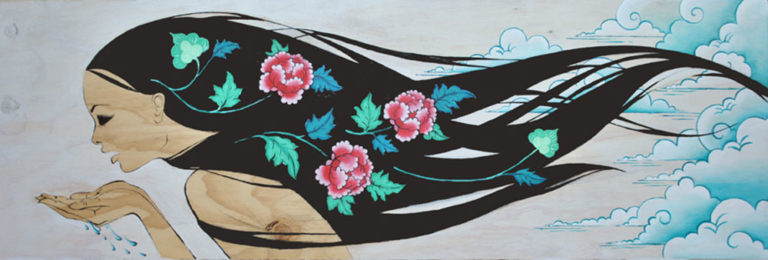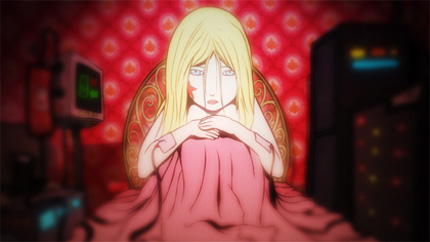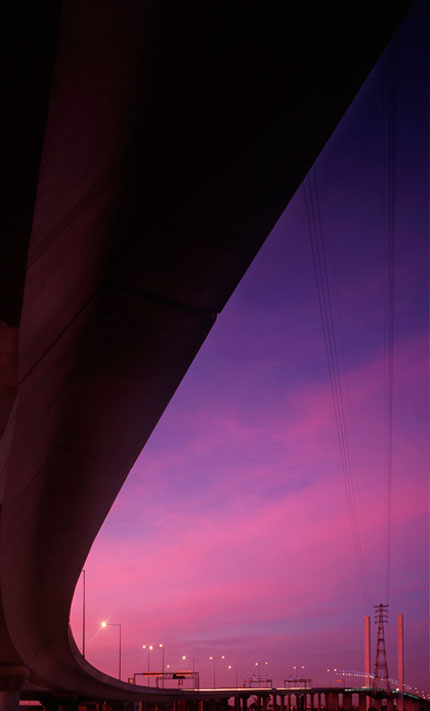Interview with artist Ian de Raat
Ian de Raat’s first solo exhibition opens tomorrow at Lethbridge Gallery in Paddington, Brisbane. This is both an exciting milestone in his creative career and an inspiring message for fellow creatives.
Ian started his creative career more than 15 years ago as a graphic artist in print production. For the best part of the last decade, Ian’s been a part of the Publicis Mojo creative team as an Art Director. Yet it was about five years ago that Ian picked up the paint brushes for the first time since childhood and took a new direction in his creativity.
In his interview below, Ian reflects on his years of experience in design and how its helped for understanding colour in his artwork. Through ongoing practice and persistence now develops layers upon layers of transparent colour for a dramatic and realistic effect.
Ian’s first show is a remarkable collection of still-life paintings and fragmented colour. Ian has received local recognition for his work, being listed as a Finalist for a number of local art competitions including the Clayton Utz Art Prize and the Lethbridge 10,000, two and three years running, respectively.
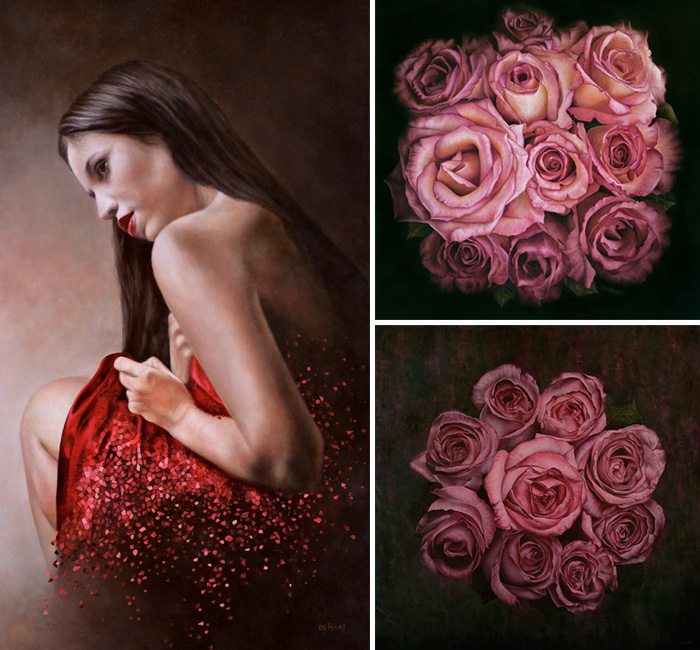
Tell me about your creative journey.
I grew up in New Zealand and moved to Brisbane in 1999.
As a child, I loved to draw and paint. My mother was an artist and I was lucky to learn some skills from her. I created my first oil painting when I was 12. It was a waterscape. It would be more than 20 years later that I started my second. I was always torn between music, art and sport with never enough time to ever focus on all of my interests. I don’t believe I have ever been bored. Always a restless ball of energy.
Through high school, I spent my time playing guitar in garage bands and trying to avoid as many classes as possible. I managed enough work to find my way into an art and design college which I loved for a couple of years before getting bored. I worked mostly with gouache for graphic work and coloured pencils for illustration. Then came the computers. Photoshop v1. No undos or layers back then. I left design school early to find work. There was none, so I offered my services for free. It wasn’t long before something came up and many versions of Photoshop later I am still kicking around.
I think the way I work commercially with imagery has largely shaped my approach to painting. I construct my pieces with many transparent layers. The first layers are mostly without colour and just map out the composition and values. I then add colour in many glazes over the top.
In 2011 I entered a painting (which took 6 months of Sundays to complete) into the Lethbridge 10000 art competition. I won the skill award. This gave me the confidence and incentive to work a little harder. Over the last 18 months I have taken my art more seriously and managed to go part-time at work to give me more time to develop my art.
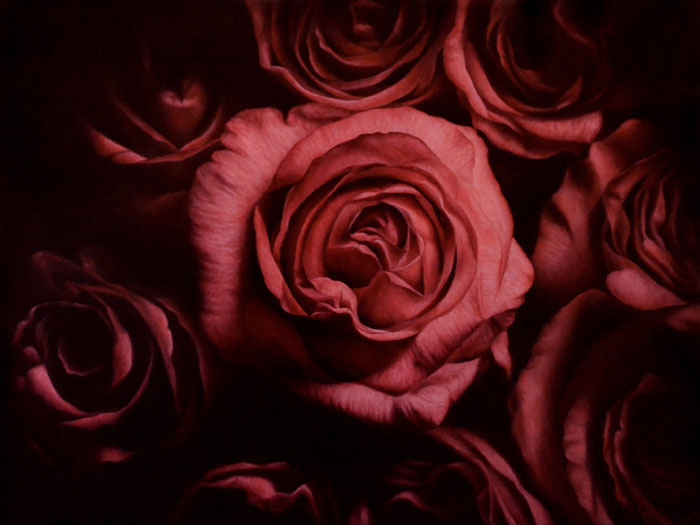
In a few words, describe yourself…
Restless.
What are you spending your time on at the moment?
I am working on a series of still-life paintings for my first show in October. I am working with flowers trying to deconstruct them with intense light and paint them with layered luminosity. I am inspired by the early flemish vanitas paintings where the impermanence of life is symbolised through the decay of beautiful objects.
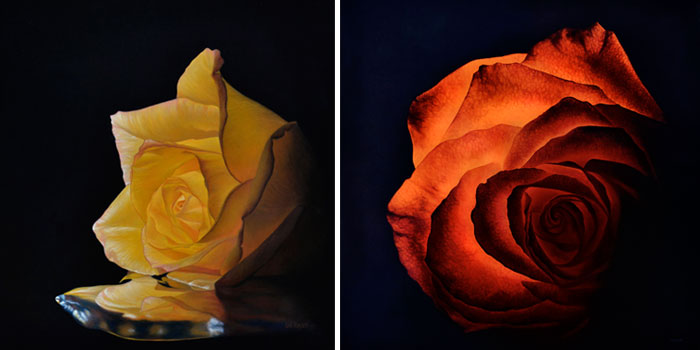
Tell me about your creative process. How does your creative process differ in your role as a fine artist, compared to your work in advertising?
Simple, a brief. In design and even more so in advertising, there are always clear objectives. There needs to be a function. Which for me, means it can never be pure art. There are also many hands to help you produce the piece. Some useful. Others not. So there is usually collaboration and this often leads to compromise. I rarely find it too challenging to find a creative way to solve a brief. The parameters will guide a certain number of possible outcomes. I do quite like the practical nature of this process and enjoy working in a team environment.
However I find it extraordinary that so much work can go into a campaign only for it to be later discarded and a new one started. The freshness of creativity in this environment is very stimulating but I also find it somewhat wasteful and unfulfilling to have your work see such a short life.
Which brings me to painting. Similar but the opposite I think. For a start it is a lonely practice. I need to get out more though! But the key difference for me is the blank canvas. There is no need for this piece to be made. No one has asked for it or have any expectations. So its over to me. It is entirely personal I guess. While this is exciting it also makes me a little anxious at times. At this stage, I don’t have a clear vision of the art I want to create. Rather just a quest for the most beautiful composition of colour and form that I can realise. What I love about traditional art is that it is timeless. That is what I strive for in our distracted and disposable world.
When I am painting I enter my own world. I will usually put on some music but by the time it’s stopped I haven’t realised. I will often only discover I haven’t eaten all day once I have discovered it has become night time and I can’t see what I’m working on and have to turn on the lights. Or other times will have to drag myself to bed at 2am because I had to finish the “tricky bit”.
The messy perfectionist – I created homes for all my bits and pieces but it doesn’t take long for the dirty little elves to sneak in at night and throw things around my studio. I would like to blame my children or cats, but I think I am just a bit of a grub. The studio is a strong word. Really it is just a small room with just enough space for a couple of easels and a large set of drawers which I also use as desk space. Whenever I can no longer move, it gets another clean.
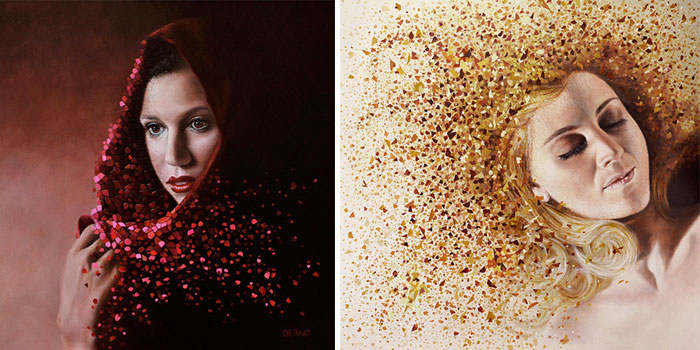
Tools of the trade. What are your absolute necessities for your creative practice?
Hands and eyes I think are particularly useful. Other than that, I use a camera and computer to plan my work. And for the painting, I use oil paints of a few different brands and soft sable brushes.
I do love the tools though. I will spend ages getting my brushes perfectly clean and it’s always a sad day when one has done its time and is ready for the bin.
What or who inspires you?
People, things, music, experiences, travel…
Largely by nature. I think the very best aesthetics are found all around us. It might be the colours of a tropical fish or the intricate pattern on the petal of a flower. In order to paint the beautiful things of our world you have to first study them closely. This process has given me a great appreciation of things I may have otherwise taken for granted.
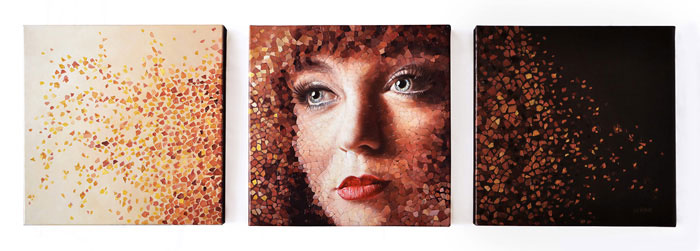
What are you most proud of? Creatively, professionally and personally.
That’s tricky. I always look forward and never really think about what got me to this point. I guess I am most proud of my work ethic. It is hard to know if your efforts will be appreciated by others but I always feel great after completing a painting and indeed starting a new one. It is the process I enjoy more so than the end product. So far I have managed to pick up a few finalists and awards in my art career which is nice. But ultimately I think the greatest compliment is for someone to choose to hang your creation on their wall.
When you were a child, what did you want to be when you grew up?
Fireman (5), actor (8), cricketer (10), musician (13), designer (18), art director (30), artist (30 something). Still haven’t grown up yet. Fireman still sounds good though.

